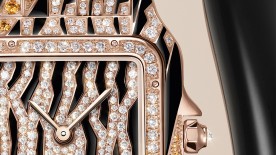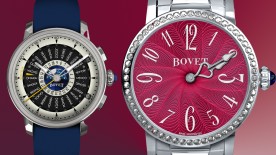This year Piaget celebrates its 150th anniversary and in February the brand, which is still located in the Swiss town of La Côte-aux-Fées, unveiled the highly anticipated Polo 79. A faithful replica of the original Polo from 1979, the case, dial and bracelet in yellow gold are superbly decorated with horizonal lines or gadroons, while the oscillating weight of the movement, on display through the sapphire case back, is engraved with the Piaget shield. This is truly a jewel for the wrist, the chicest of sports watches, a second skin for every occasion, whether that's a gala dinner or a workout.
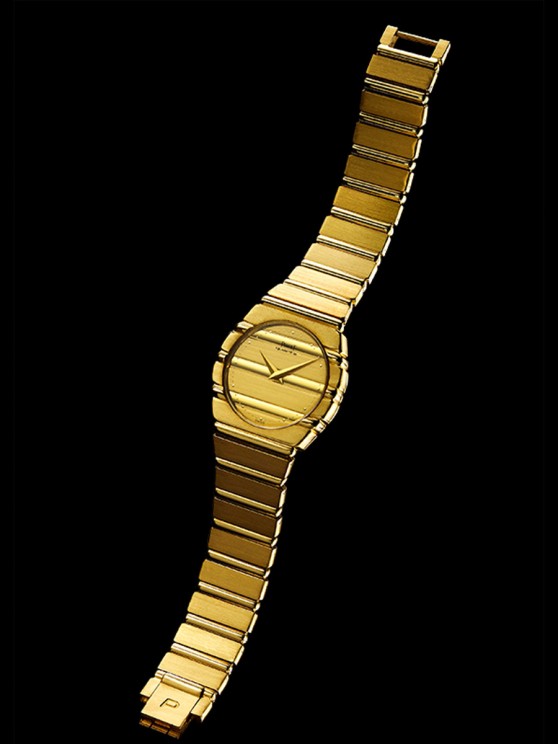
When Piaget released the Polo in 1979, it helped establish the concept of the sport-chic watch; timepieces that are elegant but also water-resistant and built to withstand knocks, with a case that extends into an integrated metal bracelet and whose slim profile feels comfortable on the wrist. Such was the Polo, initially powered either by the 7P calibre, the world's thinnest quartz movement, or the 9P calibre, the thinnest manual-winding mechanical movement.
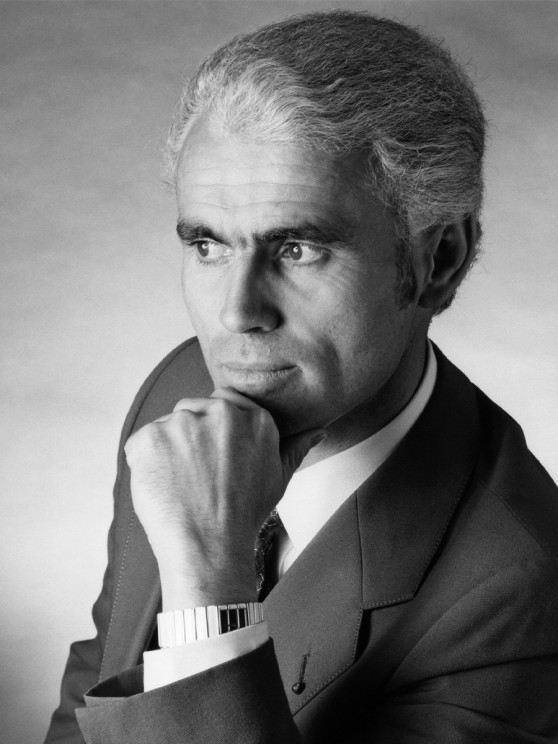
International jet-setters fell in love with the Polo's bold design, imagined by Yves Piaget, who was at the head of the family firm. His aim, as he described it, was to "bring a 'Pop' answer to the needs of a clientele whose lifestyles are evolving. Elegance alone is no longer enough. There must be modernity and robustness, too." He named his game-changing watch the Polo after the most elite sport there is, practiced by warriors and kings.
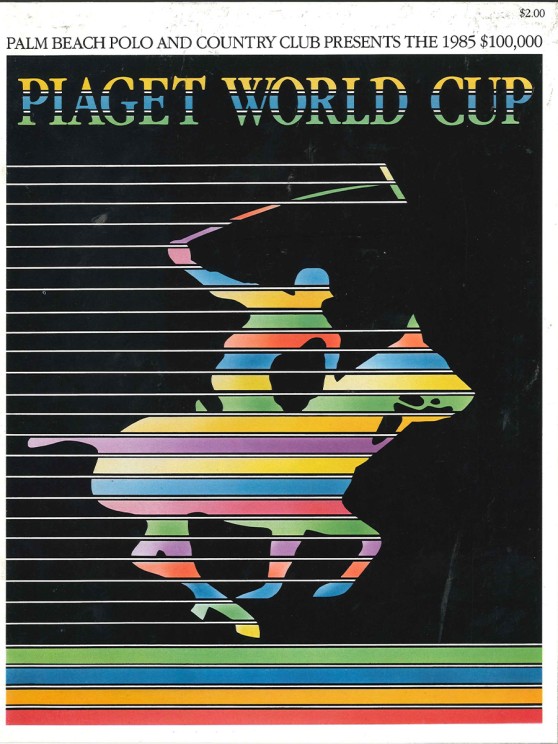
The Polo became the definitive watch for the glamorous jet-setting crowd who gathered at society dinners and elegant soirées from Miami to Monte Carlo.
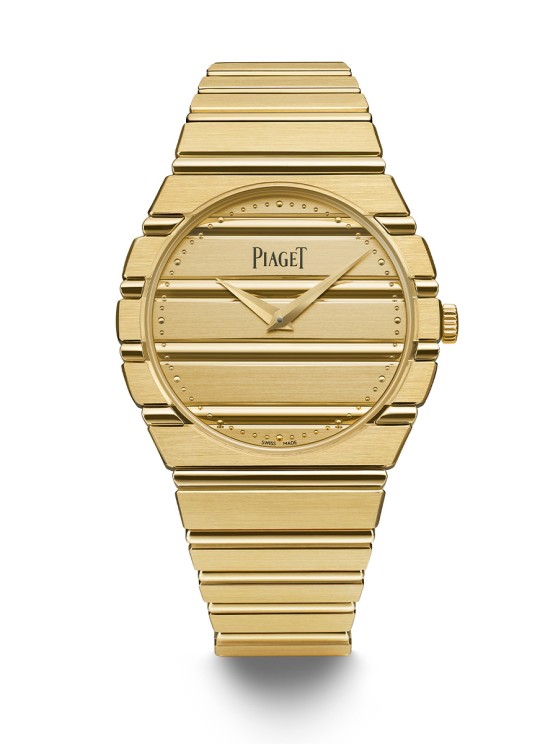
Almost half a century after its debut, the Polo is back in the spotlight as the Polo 79. An almost identical replica of the original, it captures the essence of the 1979 model but brings an important "something extra" too, namely Piaget's extra-thin automatic 1200P1 calibre with a micro-rotor, visible through the sapphire case back.
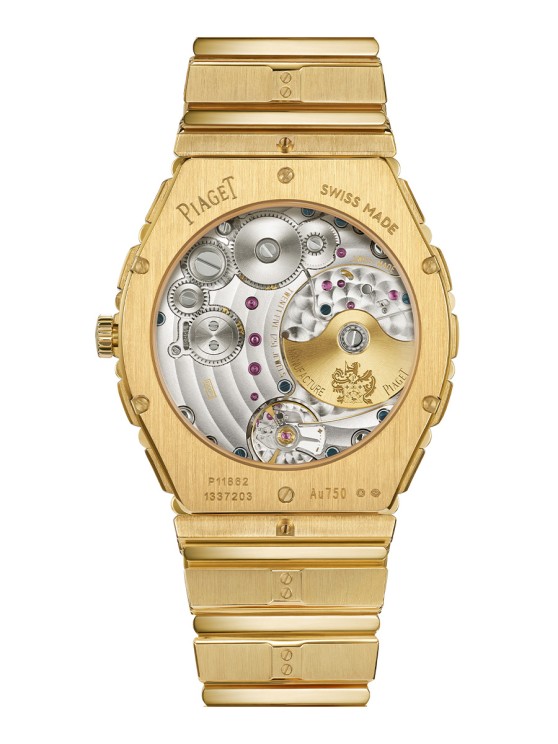
This long-awaited reissue rekindles an exuberant and extravagant era. Beautifully bridging past and present, it was the first of many wonderful surprises concocted by Piaget as it celebrates 150 successful years.





